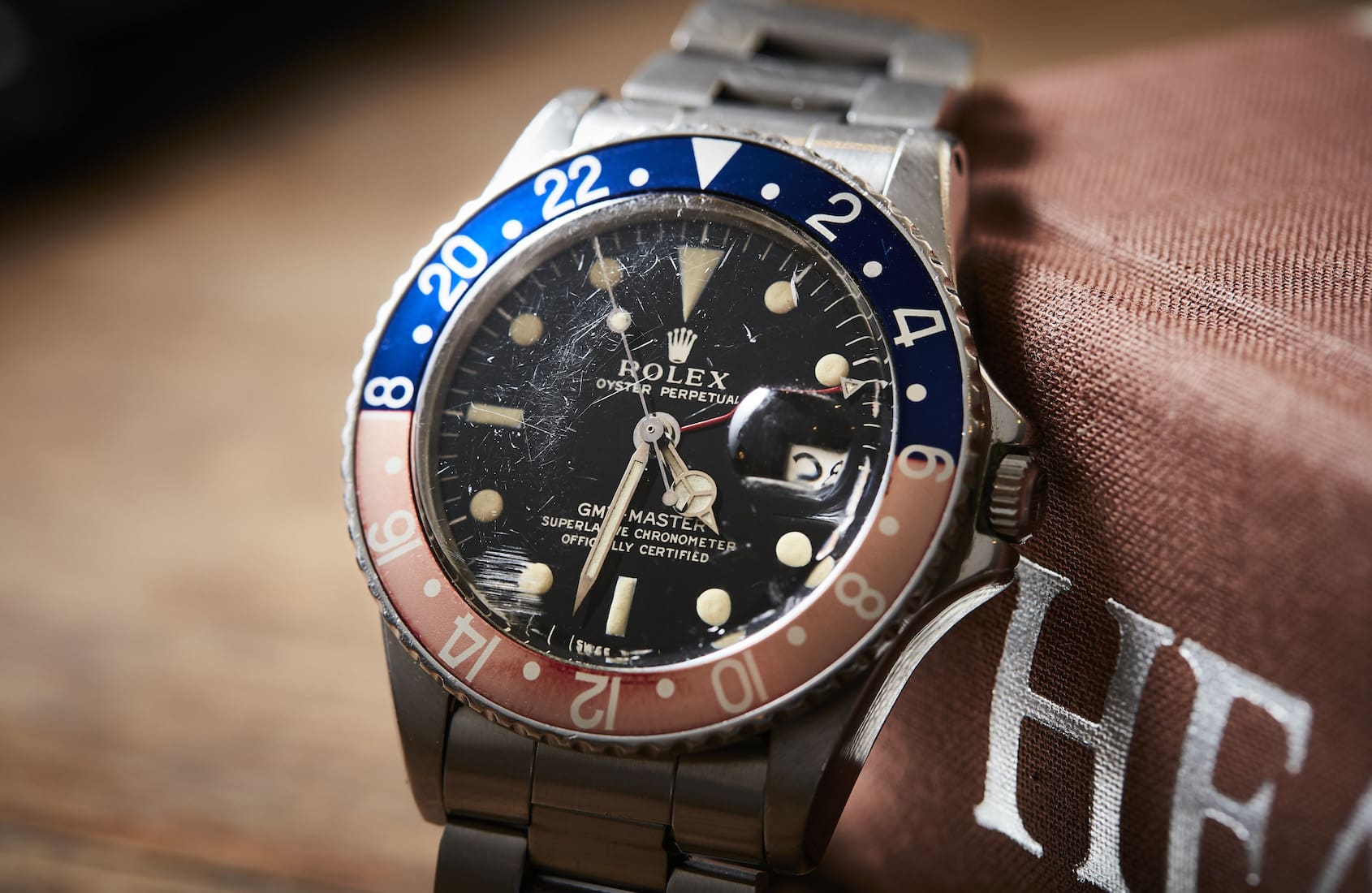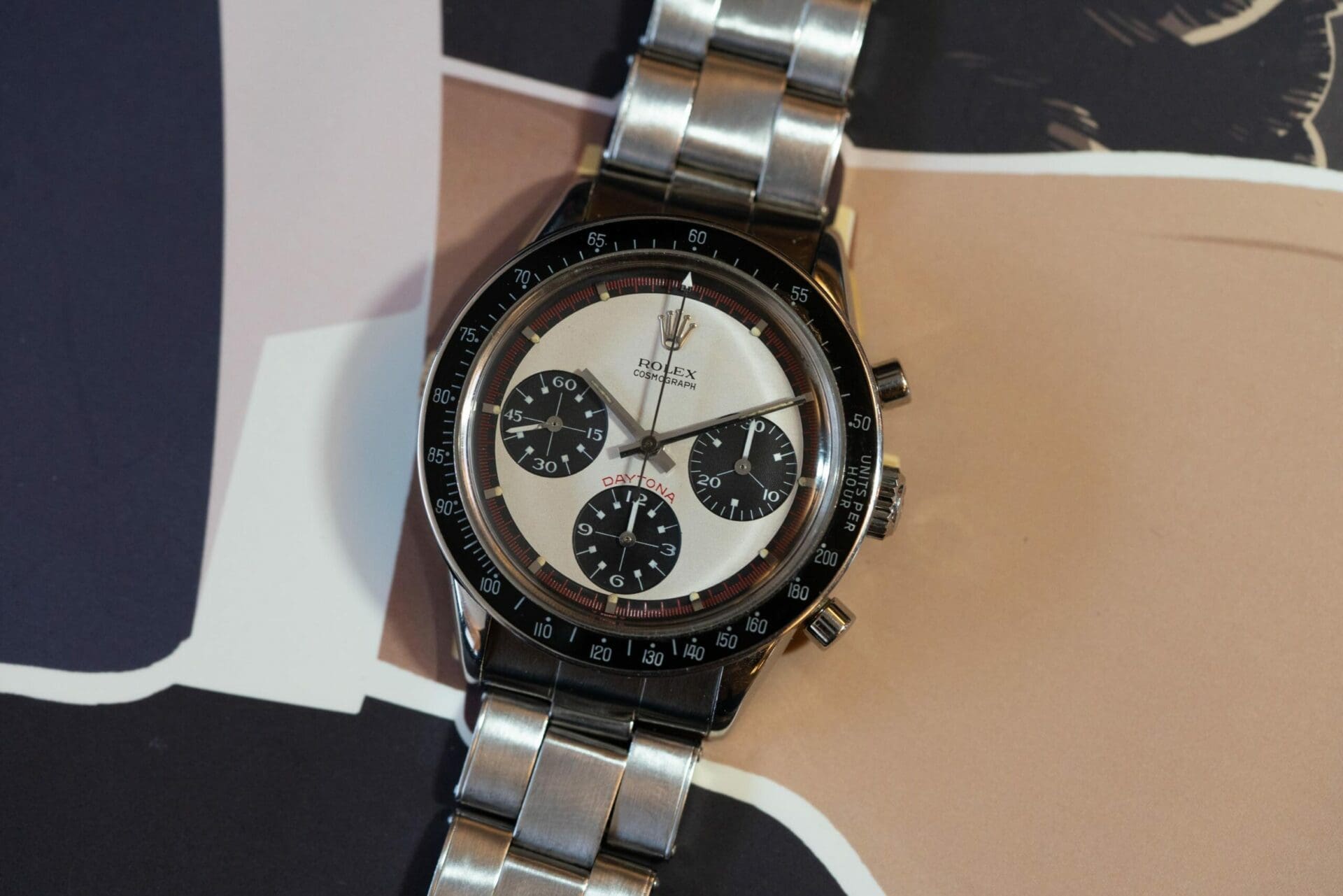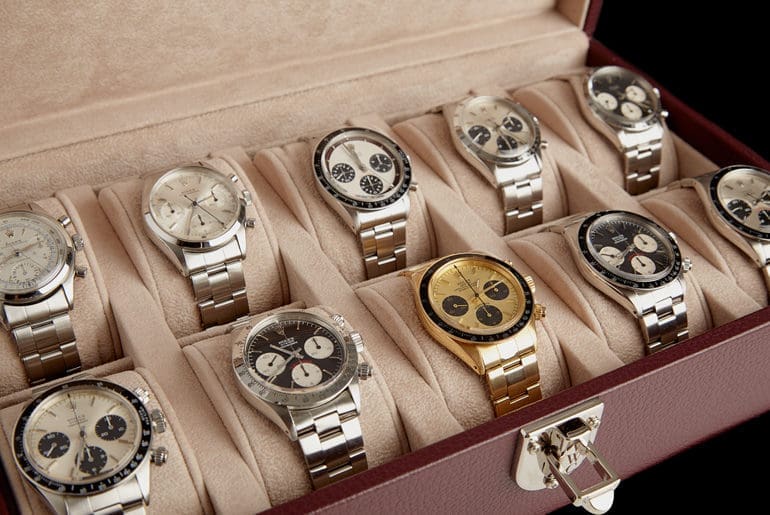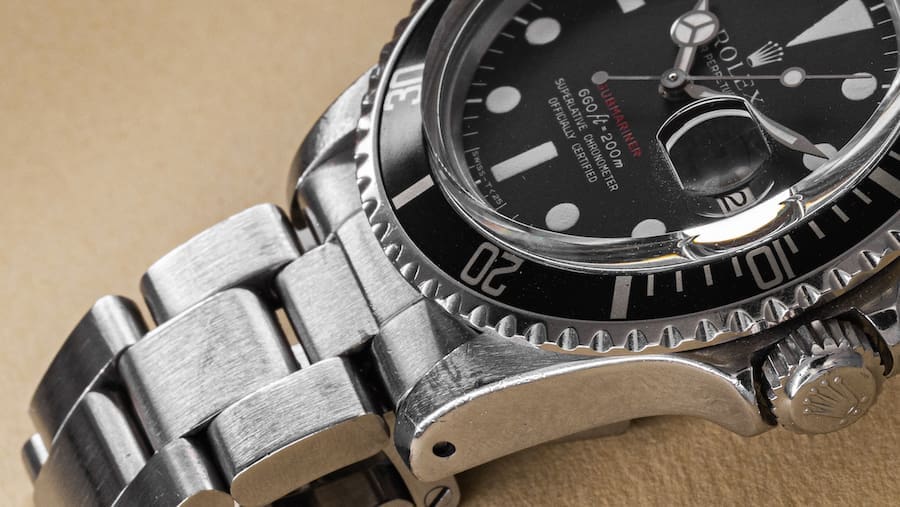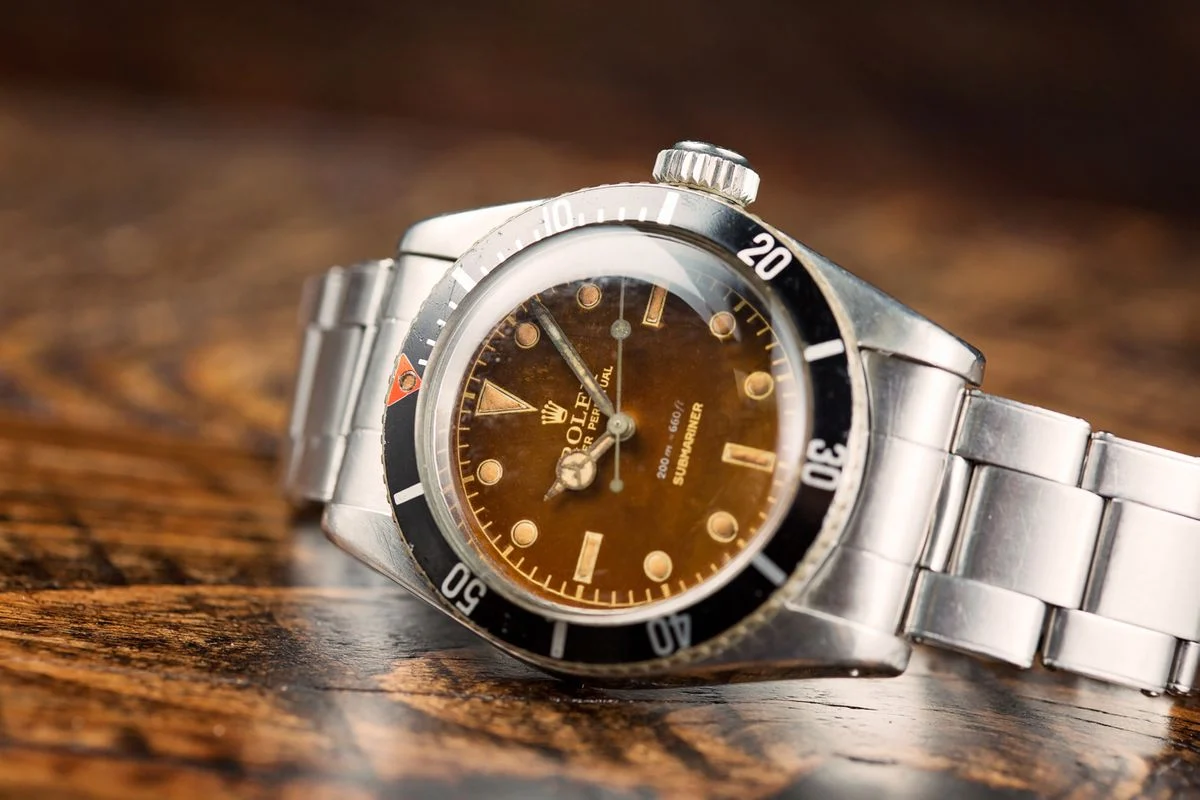The biggest mistakes you can make when buying vintage Rolex (and how to avoid them)
Time+TideEDITOR’S NOTE: Jeff Hess is one of the world authorities on Rolex. As CEO of Duber Time and owner of Old Northeast Jewellers and Hess Fine Auctions, he’s bought vintage Rolex for almost 40 years and is the co-author of Rolex Wristwatches: An Unauthorized History (Schiffer Publishing). Here he explains some of the most common pitfalls you’ll face when buying a pre-owned Rolex and shares some of his hard-earned tips on how to avoid getting duped.
Four years ago, I bought a Daytona from a pilot and I sold it to a colleague for $80,000 USD. The buyer sent it to a very major auction house only to be told the dial was fake. So he called me up and said, “I need my money back. This is fake.”
“It’s not fake,” I told him. “I bought it from the original owner and I examined it closely. No way.”
“Well, the auction house says it’s fake,” he replied. “So it’s fake.”
A heck of a predicament. Often, in the collectable world, the loudest, firmest voice dictates whether something is counterfeit. In this case the auction house said “they had never seen one like this” and “this type of dial only came on watches with different serial numbers”. Which by most standards is not good methodoology. Saddled with a watch that was now deemed “fake”, I had two choices. Sell it for parts… or stand my ground. I decided to stand my ground.
I contacted Europe’s foremost athouritry on Daytona and had it hand delivered to him. He reportedly blessed it immediately as being a genuine “variant” and, tight with Rolex factory people he reportedly conferred with them – unofficially, of course – where it was also anointed as genuine. Armed with these two powerful verbal blessings, I resold the watch for $125,000 to another collector, who immediately took the rare dial off it, putting it in on a watch of a different serial number to please “the internet experts”.
I tell that story to demonstrate that establishing the originality of a Rolex isn’t always easy because there are so many different variants out there. Likely tens of thousands. When a really, really good quality unusual dial shows up, there will be debate among the experts or the buyer and the seller, as to its originality. And I know this seems like an opaque answer, but the truth is that whoever wields the most power in the conversation and controls the narrative is the guy who’s going to win.
The number one phrase I hear that makes my hair stand on end is when experts say: “Rolex never did that”. Because the truth is that Rolex used to do a lot of weird things. Their quality control in the ‘50s, ’60s, ’70s and even ’80s was not the perfection that we expect of Rolex today. It wasn’t the same at all! That means there are many different dial configurations, many different case configurations, there are all kinds of disparities, variants and mash-ups that to the modern collector would seem aberrant. But Rolex reused cases across models. They crossed out reference numbers and put new ones on the same watch. They used every dial, case and movement they could.
People don’t understand that Rolex made bracelets in Argentina, Mexico and the USA. They don’t understand that Rolex of Canada was a completely separate entity and they were allowed leeway to do pretty much whatever they wanted to. So you’ll see Rolexes that are 100% genuine that are made out of sterling silver, gold filled – all kinds of oddities. As a result, there are a lot of misconceptions as to what is genuine Rolex and what is not genuine Rolex. In fact, I often say that I’ve made a very good living buying Rolexes from dealers and collectors that other people have deemed to be fake!
If someone tries to tell you that certain watches were only made in certain times and between certain serial numbers… well, as mentioned that is not the way Rolex worked. But at the same time, there are things you can do to protect yourself.
Don’t get hung up on misnomers
On the internet, a lot of people say that their watch was “never polished”. That’s almost an impossibility. Just an Internet buzzword. If a watch was ever worked on by a watchmaker, it was polished. If a watch was ever at Rolex for service, it was polished. So that’s a big misnomer. If you search the net for “never-polished Rolex”, you’ll bring up a huge cadre of hits. I think what the internet means when they say “never polished” is that it still retains its original Rolex finish.
Having said that if a watch has been heavily buffed and heavily polished until the case is almost out of round that’s something you want to avoid without a doubt. A lot of times, these jewellers will lean into the buffing wheel and make it almost oblong. That’s not a good thing. If the watch you’re considering whether to buy gleams like a shiny nickel and the original brush has been finished, that’s something you don’t want either.
Another big misnomer is, “100% original.” Quite often when I’m selling, people will say, “Will you guarantee that the watch is 100% original?” And my answer every single time is: “Absolutely not.” Because it is impossible for me or anyone to guarantee that a main spring, balance staff or winding crown has not been changed out over the years. It’s just not possible for anyone to guarantee that.
How to dodge a fake dial
When it comes to a vintage watch, a huge part of the value is the dial. Small chips, flakes and blemishes on a dial can make an important watch worth tens of thousands less. And dials have been faked for 30 or 40 years and they’ve gotten consistently better. Now there are the super fake dials that are coming out of Asia. The detail is extraordinary and they’re capable of fooling many of the most seasoned collectors.
To some extent you’ve got to rely on your eye. While Rolex was not perfect by far in the ’50s, ’60s, ’70s and early ’80s, there was still some consistency to the font, to the typeface. Look for crisp lettering (yes, in some eras it was muddier than others) and check the hour markers and minute track to make sure that everything is consistent and that everything is approximately the same distance from each other.
If you’re very concerned about the originality of the dial, take it to a very competent watchmaker and have them take the dial off. But it’s got to be a very competent watchmaker because dials are often the most valuable part of the watch. And if a ham-fisted watchmaker uses sharp metal tweezers on the front of a dial, he can render it virtually useless. But if you take it to a competent watchmaker and get him to take that dial off, the markings on the back will usually indicate whether it’s actually a real Rolex dial.
Buy from original owners
I live in Florida so I’ve been buying watches from senior citizens since I’ve been here in the 1980s. The really cool thing about buying from them is that often you’re buying a watch with the original paperwork from the original owner. That’s the second-best proof you can get (I’ll come to the best shortly).
Of course, there are guys out there who are faking papers. You can’t say this tactic is 100% fool-proof. But if you buy a watch with the original papers from the original owner, that’s a real, real good indication that it’s going to be genuine watch.
Bracelets and movements
In spite of internet lore, most serious collectors don’t get too hung up on the bracelet. That’s because a bracelet is often the first thing that wears out on a watch. But if you’re concerned, always look at the inside of the bracelet to check the date code and see if it matches up and if it’s “period-correct”. (And as to originalty, beware: in the 1980s and 1990s hundreds or thousands of vintage Rolexes were exported to Italy, but because of shipping and tax reasons, the bracelets were kept here in the USA and sold at shows and watch fairs.)
You also want to make sure that the movement is the same one that was born with the case. But that’s pretty easy to find – there are scores of good sites online that can tell you what caliber movements came with what reference number cases. That’s a fairly easy thing to check out.
Return to the source
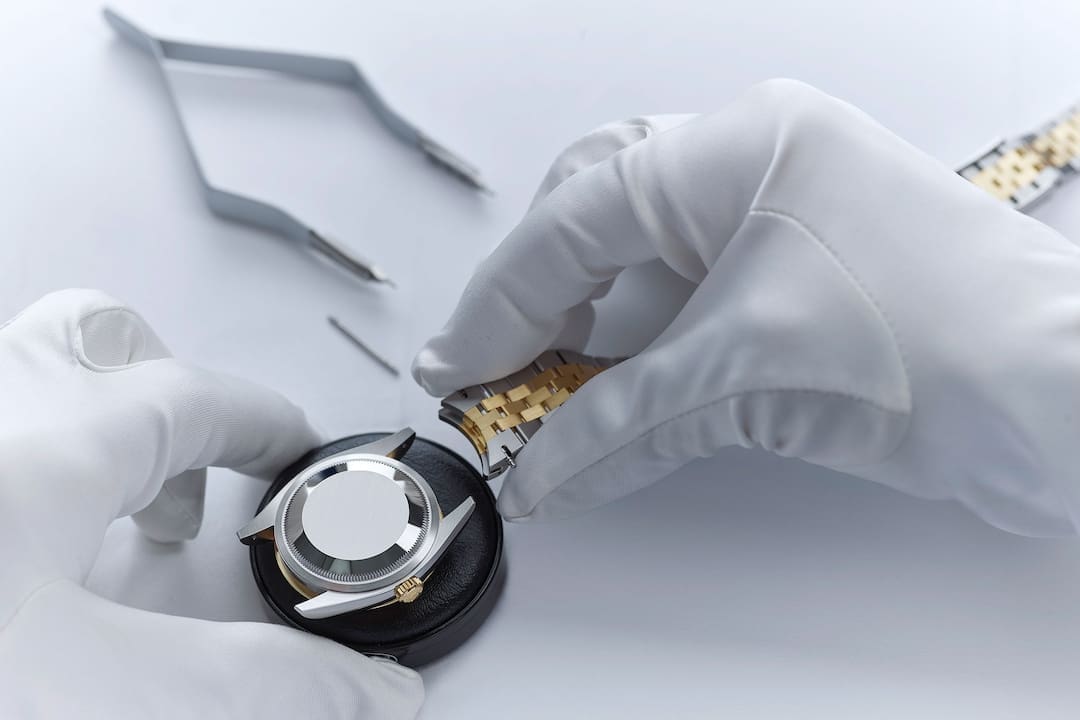
If you don’t trust your dealer or you don’t have the knowledge to buy with confidence, then you might as well bite the bullet and buy something that has already been pedigreed by Rolex through their service department. That’s really the only way to stop a argument.
Bottom line: don’t be afraid to jump into the fray with Vintage Rolex. Now is a great time to buy as prices have softened a bit. And don’t worry, they will go up again!




